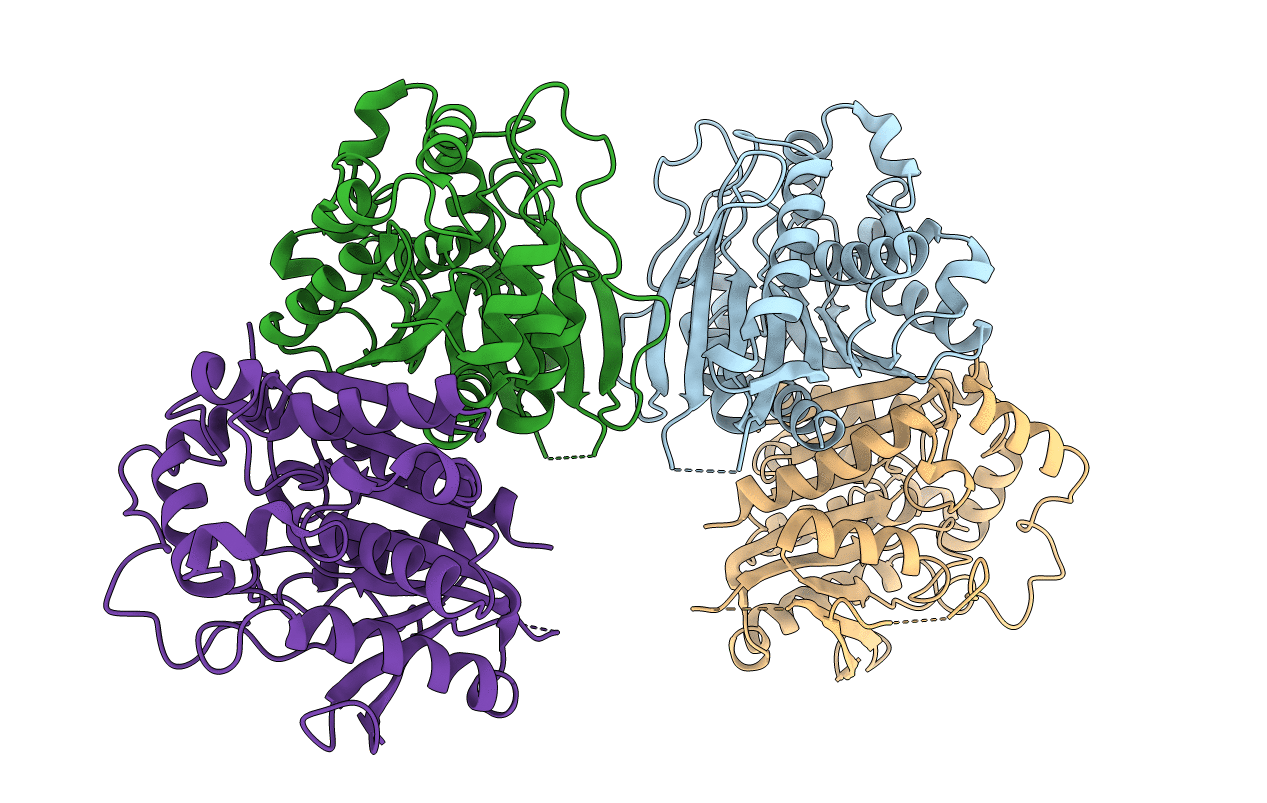
Deposition Date
2016-11-28
Release Date
2017-08-23
Last Version Date
2025-04-09
Entry Detail
PDB ID:
5MII
Keywords:
Title:
Crystal structure of carboxyl esterase 2 (TmelEST2) from mycorrhizal fungus Tuber melanosporum
Biological Source:
Source Organism:
Tuber melanosporum (strain Mel28) (Taxon ID: 656061)
Host Organism:
Method Details:
Experimental Method:
Resolution:
2.37 Å
R-Value Free:
0.24
R-Value Work:
0.19
R-Value Observed:
0.19
Space Group:
P 65 2 2


